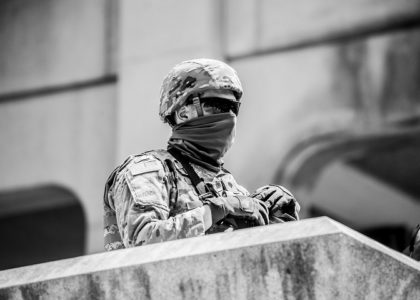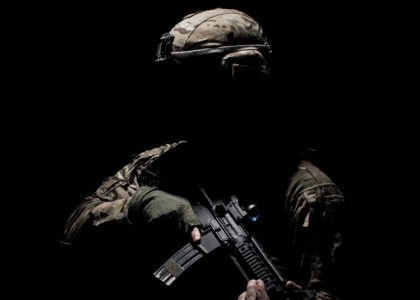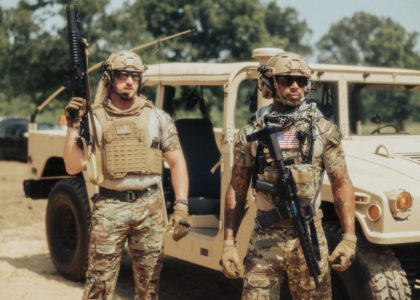Level IV body armor is hard armor, and hard armor can be made from a variety of materials. Ceramic composites are the most commonly used material by experts in the production of Level IV armor plates. However, steel and ultra-high molecular weight polyethylene (UHMWPE) are also viable options. The effectiveness of these materials lies in the fact that they are tougher than the bullet itself.
Ceramics can stop armor-piercing ballistics like “Black Tip” 30-06 M2A bullets due to their extreme hardness. Ceramics also have the potential to stop many other types of ballistics and even more dangerous bullets. Steel material is mostly used in Level III armor, and these rounds contain a steel penetrator that is very tough and can easily cut through steel. When bullets come into contact with ceramic, the bullet gets warped and worn down to the point where it is unable to cause as much damage as it would have without the ceramics.
Monolithic ceramics are preferable in the production of level IV armor because of their versatility and flexibility. In contrast to steel, monolithic ceramics may be shaped into a large variety of different shapes and curvatures, making them suitable for use with a much wider range of body types.
Polyethylene is also another commonly used material for hard armor. Polyethylene is lightweight and makes the armor more comfortable and easier to carry. In recent years, manufacturers have created a new technique that makes use of components of polyethylene to build armor plates that are exceptionally lightweight while still being able to provide the same level of protection. This new technology allows for the production of armor plates like the level IV armor that can withstand the same amount of damage as traditional armor plates. This method of production is called “polyethylene additive manufacturing”.
For more articles, please click here.






Recent Comments